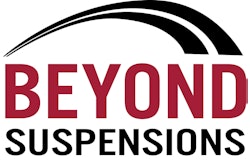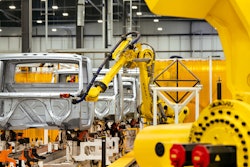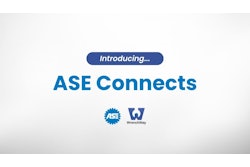Cummins Inc. announced on Jan. 13, that it will reduce its permanent professional work force worldwide by at least 800 employees by the end of February and freeze salaries for the year.
Also, the Columbus, Ind.-based company reaffirmed Monday, Jan. 12, that its entire on-highway product range, including its ISX, will be ready to meet the new U.S. Environmental Protection Agency regulations for the North American market beginning in 2010.
As part of the latest work force reductions, Cummins will offer a second voluntary retirement package to certain active professional employees in the United States. The remainder of the reductions will result from involuntary terminations from Cummins’ operations around the world.
The company also will reduce the salaries of its officers by 10 percent for 2009. In addition, Cummins will continue to monitor production volumes at individual manufacturing plants and take whatever actions are necessary as dictated by customer demand for its products.
This is Cummins’ second round of reductions in response to the worsening global economic crisis and its impact on the company’s markets and sales. In addition to job reductions, Cummins aggressively cut costs, reduced spending in all areas and initiated temporary plant shutdowns, shortened work weeks and extended traditional holiday closing periods during the fourth quarter of 2008.
Combined with its previous actions taken in December, the company will have reduced its professional work force by more than 1,400 people or 10 percent. In addition, Cummins will have reduced its hourly work force by more than 600 and cut about 2,500 contingent workers.
“It is unfortunate that after five straight years of record performance and greatly improved business fundamentals, we are being forced to take these difficult actions,” says Tim Solso, Cummins chairman and chief executive officer. “While these steps are very painful, they are necessary to keep Cummins competitive through this global recession so we can emerge a stronger company when the economy and our markets recover. It is our expectation that these work force reductions will align our cost structure with our projected business levels, and allow us to meet customer requirements and preserve our ability to invest for the future.”
Cummins says the breadth of its 2010 product offerings demonstrates its commitment to its customers as well as to the environment. Customers’ concerns for economic solutions and satisfying environmental regulation will be the hallmark of Cummins’ product line, according to the company, which will offer a range of engines from the 6.7-liter ISB to 15-liter ISX.
For 2010, Cummins will introduce the ISX15, designed to provide substantial fuel economy improvement, stronger performance, faster throttle response and overall best-in-class drivability and reliability compared to today’s ISX engine. The ISX15 will feature the new Cummins XPI fuel system, next-generation cooled EGR system, advanced VGT turbocharger and a new aftertreatment system that incorporates selective catalytic reduction (SCR) catalyst technology.
Cummins also will introduce the new ISX11.9, designed to provide a compact and lightweight medium-bore engine ideal for vocational trucks, emergency vehicles and motorcoach applications. Building on Cummins Engine and Components Business expertise, the ISX11.9 will have common subsystems with the ISX15, including the XPI fuel system, VGT turbocharger, Cummins aftertreatment system and advanced electronic controls.
Cummins also will offer its ISB6.7, ISC8.3 and ISL9 midrange engines for 2010, all of which will utilize the VGT turbocharger, Cummins aftertreatment system, a common ECM and advanced electronic controls. The ISC8.3 and ISL9 also feature Cummins’ XPI fuel system.
“Cummins 2010 engines will deliver what customers need in these challenging economic times,” says Jim Kelly, Engine Business president for Cummins. “The engines are already being built off our production lines for customer field tests. We’re getting great feedback from our field tests, and our products, our people and our customer support are ready for 2010. In addition to the fuel economy gains associated with SCR and our XPI fuel system, the performance and reliability enhancements that come with decreased EGR rates are even greater than we estimated, and we’re convinced now more than ever that SCR technology is the right technology for 2010.”








